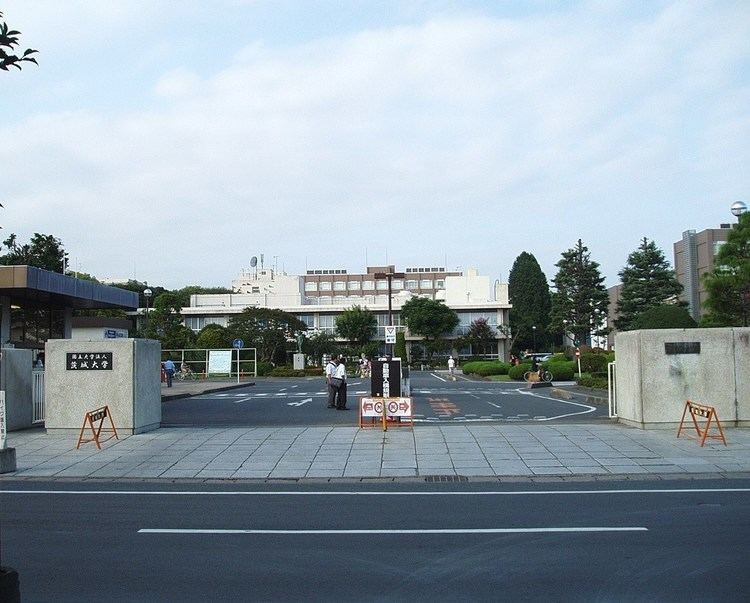Website ibaraki.ac.jp Undergraduate tuition and fees 535,800 JPY (2009) Founded 31 May 1949 | Established May 31, 1949 Acceptance rate 36.2% (2014) Total enrollment 8,182 (1 May 2014) | |
 | ||
Address Japan, 〒310-8512 茨城県水戸市文京2−1−1 Notable alumni Leena, Teruhiko Wakayama, Hiroshi Tomihari Similar Utsunomiya University, Saitama University, Tokyo University of Agricult, University of Tsukuba, Chiba University Profiles | ||
Ibaraki University (茨城大学, Ibaraki Daigaku), Japan, is a national university located in Ibaraki Prefecture, with campuses in the cities of Mito, Ami and Hitachi. It was established on May 31, 1949, integrating these prewar institutions: Mito High School (Mito Koto-Gakko), Ibaraki Normal School (Ibaraki Shihan-Gakko), Ibaraki Juvenile Normal School (Ibaraki Seinen Shihan-Gakko), and Taga Technical Specialists' College (Taga Kogyo Senmon-Gakko). The initial colleges were the College of Arts and Sciences, the College of Education, and the College of Engineering.
Contents
- timelapse the first november snow in ami campus ibaraki university japan 24 november 2016
- Undergraduate and Graduate Schools
- Research Institutes
- Timeline
- References
timelapse the first november snow in ami campus ibaraki university japan 24 november 2016
Undergraduate and Graduate Schools
Research Institutes
Timeline
* indicates facilities established according to the university's internal decisions.
References
Ibaraki University Wikipedia(Text) CC BY-SA
